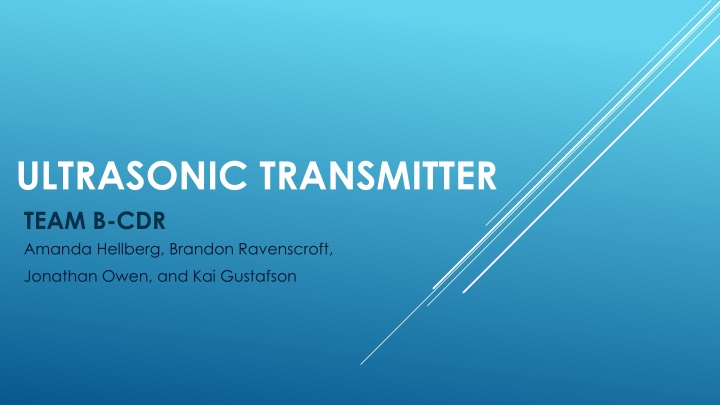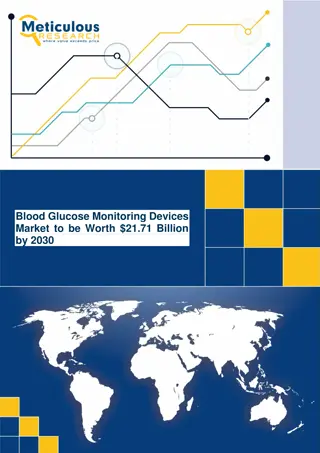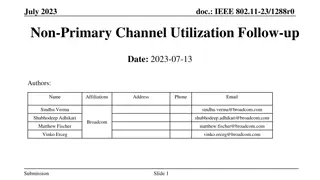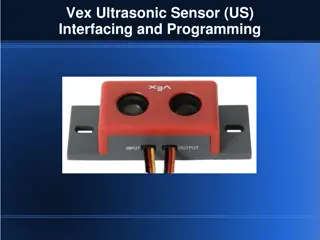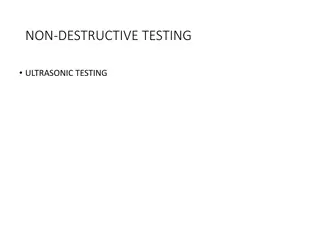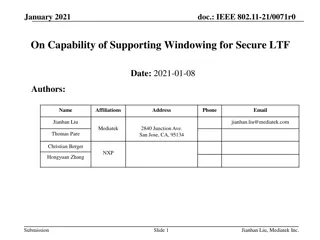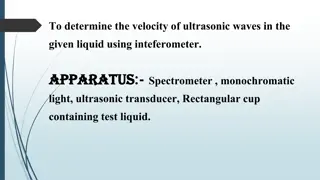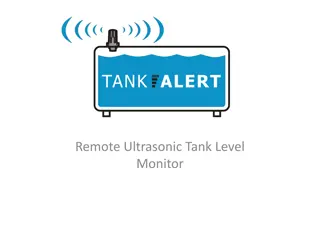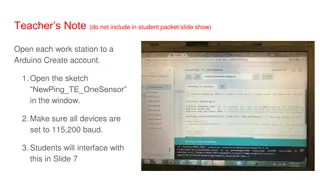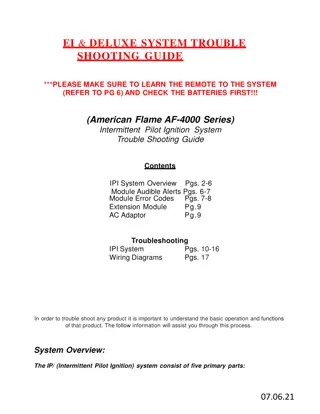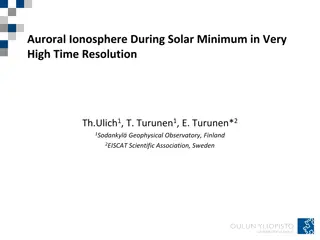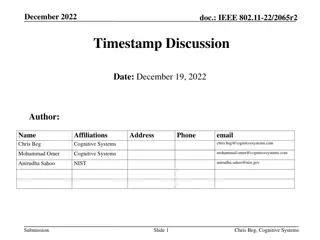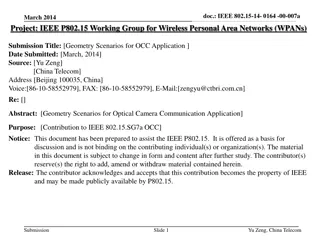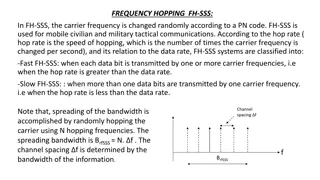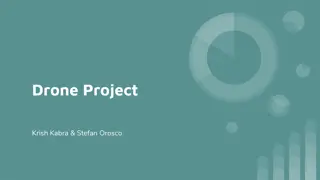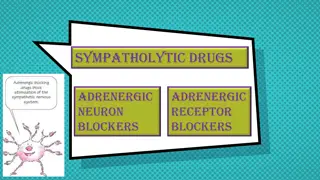ULTRASONIC TRANSMITTER
This project showcases the development and testing of an ultrasonic transmitter system by Team B composed of Amanda Hellberg, Brandon Ravenscroft, Jonathan Owen, and Kai Gustafson. The project involves various levels of radar system integration, schematic diagrams, transmitter design, receiver testing, beat waveform analysis, mixer spectrum tests, and project management. Explore the detailed progression of the project through images and descriptions provided.
Download Presentation

Please find below an Image/Link to download the presentation.
The content on the website is provided AS IS for your information and personal use only. It may not be sold, licensed, or shared on other websites without obtaining consent from the author.If you encounter any issues during the download, it is possible that the publisher has removed the file from their server.
You are allowed to download the files provided on this website for personal or commercial use, subject to the condition that they are used lawfully. All files are the property of their respective owners.
The content on the website is provided AS IS for your information and personal use only. It may not be sold, licensed, or shared on other websites without obtaining consent from the author.
E N D
Presentation Transcript
ULTRASONIC TRANSMITTER TEAM B-CDR Amanda Hellberg, Brandon Ravenscroft, Jonathan Owen, and Kai Gustafson
LEVEL 0: RADAR SYSTEM Buffer Amplifier Test Point Impedance Matching Network Transducer DAC Programmable Amplifier Arduino DUE Output Chirp On-board RCVR ADC Echo from chirp Test Point
16-ELEMENT ULTRASONIC TRANSMITTER
TRANSMITTER SYSTEM AND SINGLE CHANNEL RECEIVER TEST Transmitted Chirp Beat Waveform Received Chirp
BEAT WAVEFORM AND SPECTRUM Beat Waveform Spectrum *Transmitter and Receiver Separated by 53 cm Beat Frequency (Range = 53.6 cm)
MIXER SPECTRUM TEST RF=40.0 kHz LO = 34.5 kHz
MIXER OUTPUT SPECTRUM (FILTERED) Up Conversion (74.5 kHz) Down Conversion (6.5 kHz) Mixer Output (IF) Post-Filter Transmitted Sinusoid Mixer Output (IF) Spectrum LO Signal (34.5 kHz) RF Signal (40 kHz) Suppression: 23 dB
RISKS Input Power to Arduino Due Risk: The Arduino Due can only have an input of 3.3 V unlike the Arduino Uno having 5 V. Mitigation: Zener diode limiter (clamping circuit.) Collaboration with Team Receiver Risk: Improper co-location with Receiver Team. Mitigation: Keep in close contact with Receiver team upon design of final board. Scheduling Risk: Not having the code and/or board complete by deadlines. Mitigation: Sticking to Gantt chart schedule to ensure project components are completed on time. Risk: Manufacturing company lead times being inaccurate. Mitigation: Board design submitted two weeks early in event of delay. Test Points Risk: Having a completed faulty board and no way to connect to certain areas to test. Mitigation: Insert appropriate test points in design.
